Kia is on its way to an 800,000 sales year, which is remarkable when you consider that the brand didn’t even sell 25,000 cars in all of 1995. At the current sales pace, the Korean automaker is selling more cars in two weeks than it sold in all of its second year on the market. How is the company doing it? There’s a clear plan in place, and it’s probably only going to get stronger in the coming years.
The Morning Dump is a roundup of car-related news that’s tilted towards industry happenings, which makes it a record of a moment in time for automakers. While I personally didn’t love my Subaru ownership experience, it’s worth mentioning that the latest consumer satisfaction data shows that I am very much in the minority.
Could Chinese automakers follow in the footsteps of Japanese and Korean car companies? If anyone is going to do it, it might be a company like Xiaomi, which is planning a bit of a European vacation of the non-Griswold variety. And, finally, I went to a bunch of auctions last week to see the cars, and there was one set of sales that surprised me.
Kia Has A Nearly Flawless Lineup

Kia has a great resource on its media site that allows journalists to pull up sales data for any month in the company’s roughly 30-year history in the United States. In July of 2025, Kia sold 71,123 vehicles. Most of those were some sort of crossover, although the brand did a healthy business in small cars a well. There are electric cars and, more importantly, there are hybrids.
What was July 1995 like? The company then only sold two models, the Sephia and the Sportage. Contrary to what you’d expect these days, the little crossover Sportage only garnered 919 sales, whereas the diminutive Sephia sedan had nearly double the sales at 1,743. In terms of growth, the change in Sportage sales over that time is an eyelid-scrunching 3,406%.
I mention all of this because of a story today in Automotive News about the success of the brand, which zeroes in on some of the strengths of the company:
Kia America is delivering on its promise to strike the right balance of electrified and internal combustion offerings.
The Korean automaker just freshened the Sportage, its No. 1 seller and longest-running nameplate. The compact crossover is one of three vehicles that offers gasoline, hybrid and plug-in hybrid powertrains.
For 2026, the popular Telluride is expected to add a hybrid powertrain to its lineup, following in the footsteps of the Carnival hybrid, which joined the roster last year.
Even with tariff confusion, the brand says it expects to grow to more than 800,000 sales in the United States this year. That would be an increase over last year and put it ahead of brands like Jeep, Subaru, GMC, and Mazda. It’ll even get the brand closer to Nissan, which is withdrawing, while Kia is expanding.
My theory on Kia goes beyond the obvious, which is that the company offers an attractive mix of electric vehicles, regular gas-powered vehicles, and a lot of hybrids. That’s only part of the story. For a non-domestic automaker, Kia currently has the most optimized lineup, and this is testable because Hyundai has almost an identical one. While Hyundai has been historically the bigger of the two companies (Hyundai absorbed Kia into itself), Kia is now nearly as big.
How? What Kia is doing is a one-two punch of offering competitive products with multiple powertrains in key segments and picking up segments that everyone else has abandoned. The Sportage is a popular alternative to vehicles like the Escape, and on par with something like the Toyota RAV4 (so much so that it’s mostly preference). I’d take a Sportage over any comparable vehicle from any of the Big Three.
Which small car does the extremely popular Kia K4 compete with from those companies? Literally no cars. There’s nothing in any of the Big Three lineups that’s a small car (the Fiat 500, but that’s an expensive EV now). The same for the Kia K5 and Kia Soul (the Traiblazer, maybe?).
Another key to me is the Carnival, which now offers a hybrid (review coming, but it’s predictably great on fuel) and is seeing sales up 52% year-over-year. The only Big Three automaker with a minivan is Stellantis, and part of that might just be because, without it, Chrysler would have exactly zero cars.
What Kia doesn’t do, that Hyundai does, is have a truck. Given how strong the truck market is in the United States, you’d think that would be an issue. I think not having a truck is the better play. While I like the Santa Cruz, it’s not a big hit and has been largely overshadowed by the Maverick. That’s an extremely hard market to compete in, and getting people to switch from Rangers to Tasmins, or whatever, isn’t worth the effort. It hasn’t worked for anyone other than Toyota, and even then, Toyota’s full-size truck remains an also-ran in the truck space.
Instead, Kia’s future is built on affordable and fun vehicles in mostly empty niches like the K4 Hatch and a small electric van that’s coming in 2027. I don’t see another automaker that has the range, frankly, and that includes Hyundai.
Subaru Tops Toyota In Consumer Satisfaction Survey
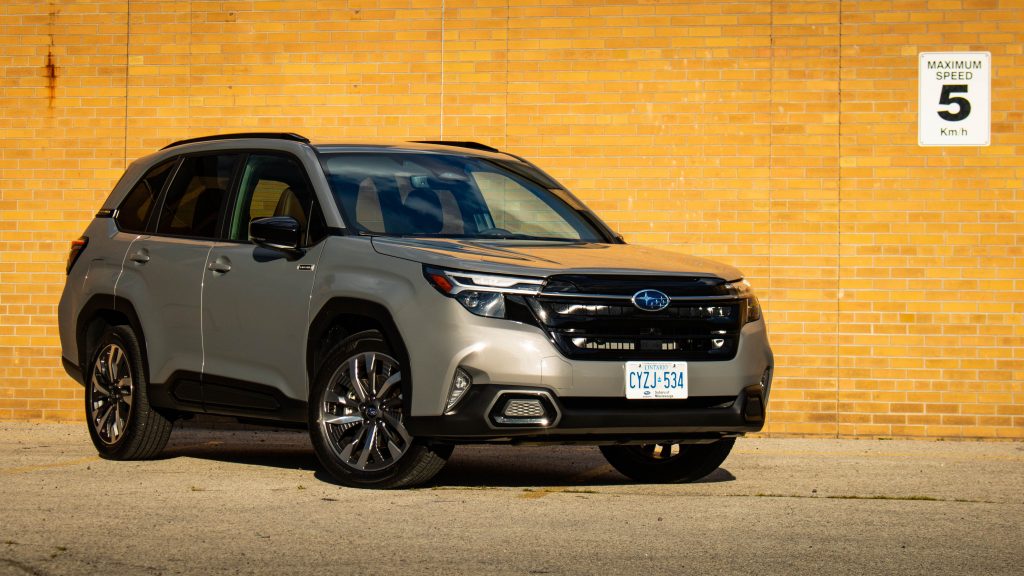
The annual American Customer Satisfaction Index (ACSI®) Automobile Study is out, and Subaru broke its tie with Toyota by reaching an overall satisfaction of 85%, ahead of Mazda, which is now on par with Toyota at 82%. Buick, GMC, and Honda are all pretty close at 81%.
What’s leading Subaru’s victory? Here’s how ASCI describes the results:
Subaru continues its success by leaning into a reputation for safety and dependability. It has enjoyed strong sales growth in recent years, which could carry over into 2025 with offerings like a redesigned Forester, the availability of a more powerful Crosstrek engine, and new trim options for the Ascent and Outback.
Hyundai improves 3% this year, climbing to a score of 80. Meanwhile, Stellantis nameplates, Jeep, Dodge, Chrysler, and Ram all slip.
Most customer experience metrics were unchanged this year. Driving performance remains high at 84, followed by dependability, mobile app quality, and vehicle safety at 83 each. Vehicle safety is one of the three scores that decline 1%, along with exterior at 82 and technology at 79.
Stellantis has a long way to go.
Xiaomi Says It’s Coming To Europe In 2027
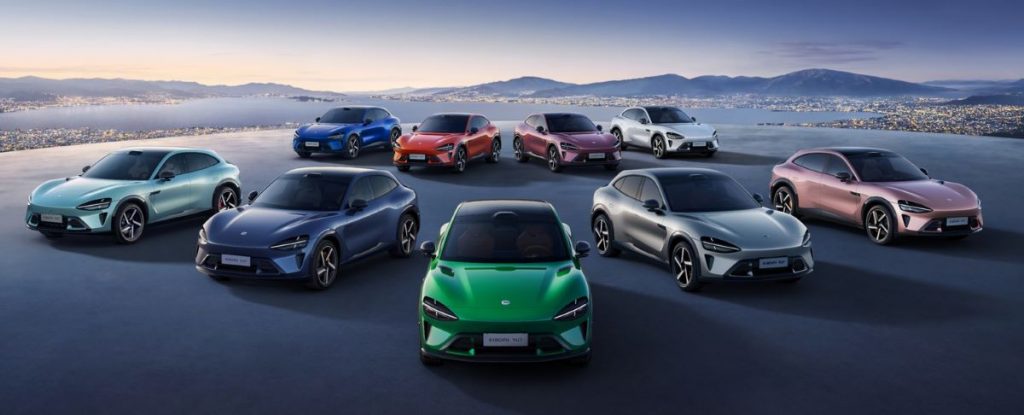
The most talked-about brand in 2025 is probably China’s Xiaomi, which is a remarkable achievement given that the company is only going to sell about 300-400,000 cars this year, and almost all of those will be in China. According to Bloomberg, it’s not content to stay in China:
Xiaomi Corp. intends to sell its first electric vehicle in Europe by 2027, declaring plans to take on Tesla Inc. and BYD Co. globally after gaining traction with its year-old Chinese EV business.
President Lu Weibing shed more light on the company’s expansion plans after reporting a 31% rise in quarterly revenue, riding the successful launch of its second electric vehicle over the summer. That helped counter slowing demand for smartphones.
Xiaomi has previously described ambitions to go global, though it’s never specified a target market. Europe is a common destination for Chinese carmakers like BYD seeking to tap a more lucrative arena, while governments across the continent are wooing Chinese EV and battery firms in part to mitigate impact from US tariffs.
This is more bad news for Tesla, which is rapidly shrinking in the European market.
You Won’t Believe What This 2017 Viper Just Sold For
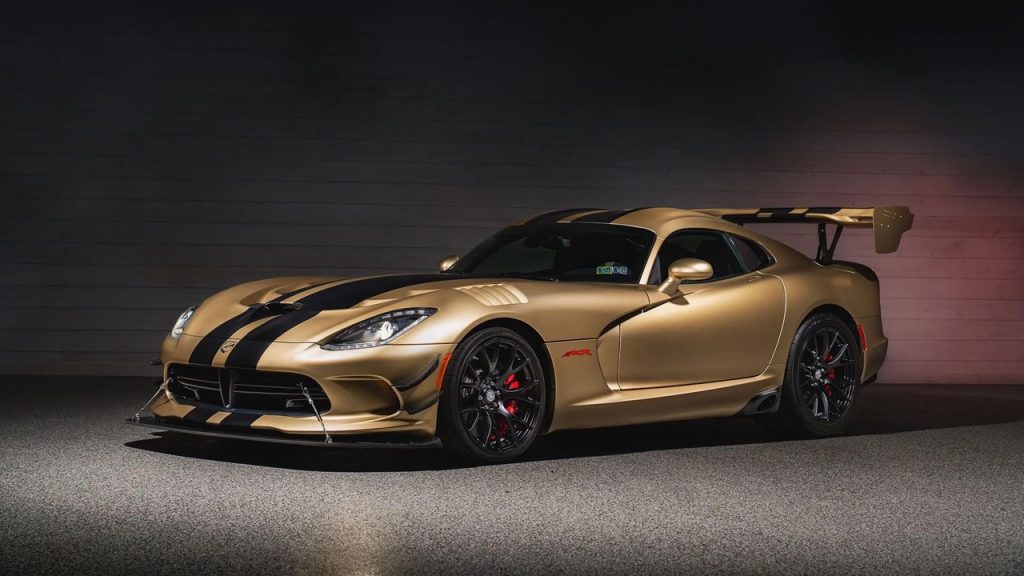
I think enthusiasts are all obsessed with the first two generations of Viper, which makes sense. I get it. I want a second-gen GTS coupe. I’m only human.
The last generation Viper, though? That’s a great supercar. If you’ve got to put thousands of miles on a Viper, I think it’s the one to have. I am apparently not alone. A 2017 Dodge Viper GTC ACR Extreme Aero Package sold at Broad Arrow Auctions at the Monterey Jet Center this week for an unbelievable $406,500.
Are these cars worth that much? I know this is a particularly unique car, but it’s still a last-gen Viper. Another model, this one with only 350 miles on the Odo, sold for $357,000, so it’s not exactly a fluke.
What I’m Listening To While Writing TMD
It’s “California” by Phantom Planet, because I also spent last week driving down the 101. And the 5. A lot of the 5.
The Big Question
Who does it better than Kia?
Photo: Kia

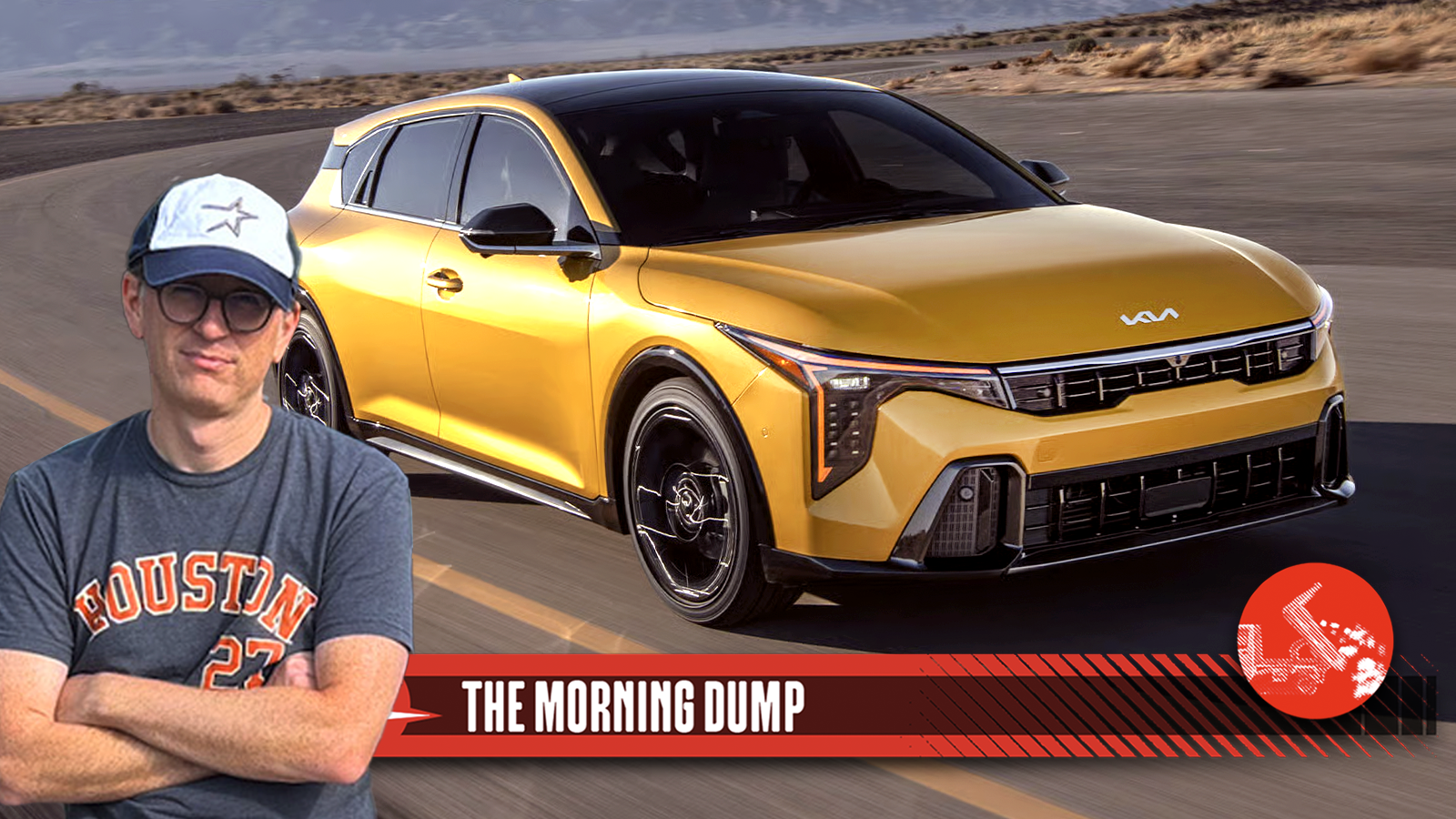





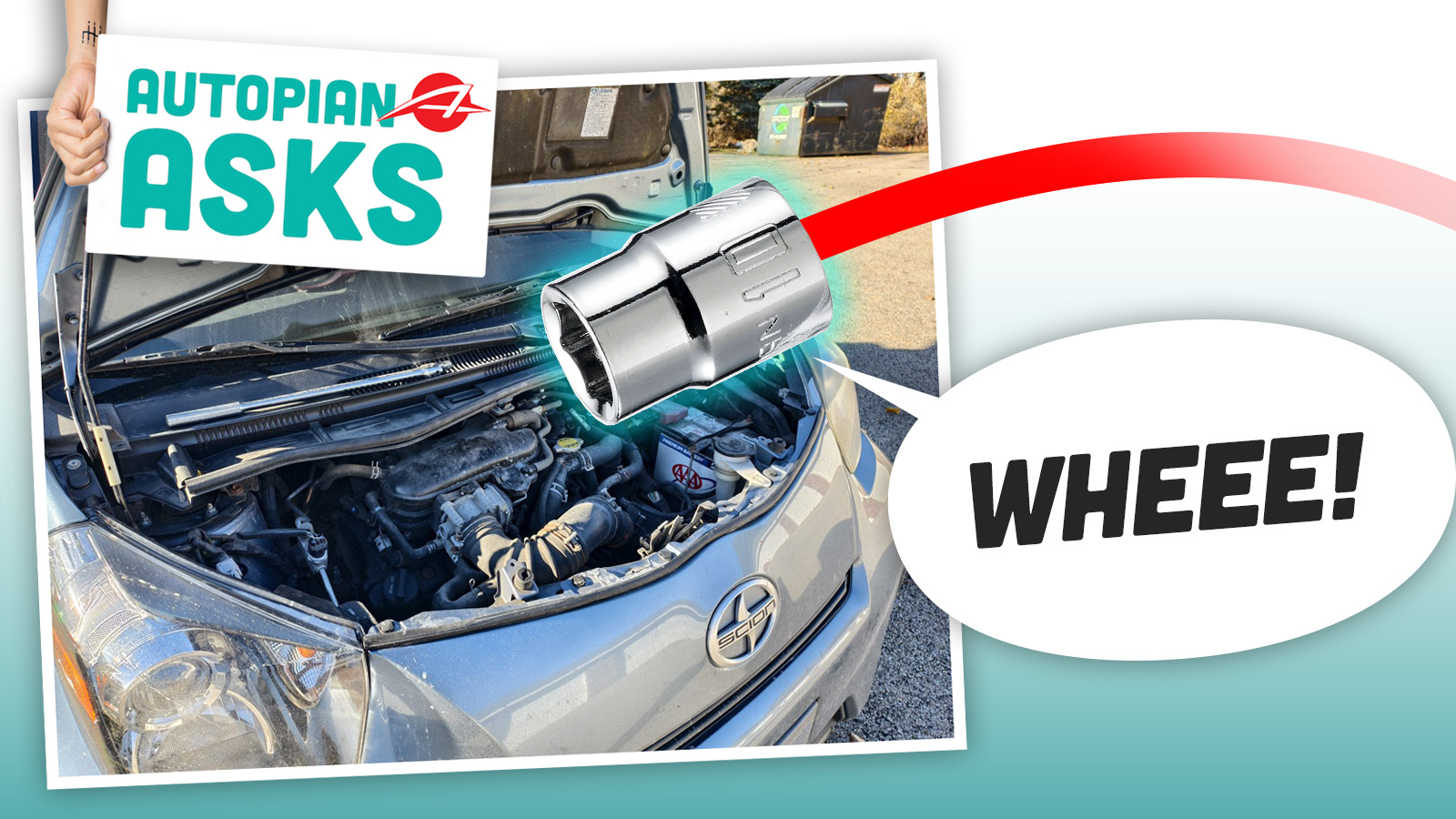

Kia and Subaru suck…also Fix Or Repair Daily/Found On Road Dead
“The annual American Customer Satisfaction Index (ACSI®) Automobile Study is out, and Subaru broke its tie with Toyota by reaching an overall satisfaction of 85%, ahead of Mazda, which is now on par with Toyota at 82%. “
Yeah yeah yeah… talk to me about the ownership satisfaction a year or two after the warranty expires.
I’m willing to be that on that measure, Honda and Toyota would be back on top and Subaru would be way down the list.
“Who does it better than Kia?”
Well it depends on what you’re looking for. A nice all-around electric hatchback… for me it’s a 3 way tie between the EV6, Ioniq 5 and the Mach E.
Though the stuff from Chevy looks promising. But with anything GM that is very new, I want to wait a model year or two for them to work out the bugs.
That’s one of the big things these days, most new car buyers don’t keep their vehicles beyond the warranty period. The average ownership span is reportedly over 8 years now, but that’s significantly skewed by the smaller percentage that drive a new car until it dies.
Anecdotally, everyone I know with a 2020+ subie loves it still, and used values indicate that isn’t a fluke.
I just paid off my Subaru last month which means it is now making a weird noise.
The Kia/Hyundai thing is tough.
My experience with both ranges from solid to absolutely terrible. 00’s Hyundais turned out to be far more reliable than the people in my life expected them to be, they were mostly bought out of budget desperation, and they overdelivered in a big way. This led to borderline enthusiasm for Hyundai/Kia for those in my circle. And our local dealer while not exactly great, certainly isn’t one of the worst in our area.
But now that Kia/Hyundai has moved further into Toyota/Honda’s market, people are expecting these cars to meet those sorts of standards. Which makes the KiaBoyz scandal, exploding engines, and other issues so disappointing. A lot of the people I know that were Kia/Hyundai apologists 10-20 years ago are leaving the brands.
Kia has seriously appealing products and designs right now, but they’d better tread lightly. If you fuck enough people, you end up with the sort of stink that Stellantis can’t scrub clean from their brands. And we’re in the “find out” phase for that company right now.
Because Brawndo – It’s got what plants crave.
I am a truck owner, and think the idiocracy thing is getting a bit over done with current events. That said, you are 100% right. That is who is buying this shit. There is a strong image in their heads of what owning a Jeep or big Ram means, and no amount of reality changes it.